The Malecon
From the entrance to Havana's harbor west to the Almendares River, Havana is bordered on the north by the Florida Straits. In the early 1900's when US influence in Cuba was at an all time high, a six-lane curving artery was constructed with American engineering help along the sea, and it eventually became known as El Malecón. Today it is the best known and most traveled street in Havana.
Both sides of the Malecon have wide sidewalks, and the north side also has a wide, four- foot high barrier to keep cars from the sea and the sea from the road. I doubt if any cars fell into the sea, but on windy, wavy days, the sea splashes high in the air and the wind blows the water onto the roadway. When wind direction and wave action are just right, the road receives so much splashed water that traffic is stopped and moved onto other streets.
On the sea side of the barrier is a drop of perhaps 20 feet to the water level, where large rocks are placed to take most of the constant beating the sea tries to inflict on the land. On normal calm days, the waves are small and the kids and some adults climb down onto the rocks to swim and fish. At night, young couples stroll along the sidewalk or sit on the barrier and talk about whatever young couples talk about.
Havana is a very old city, and traveling its narrow streets is and slow for the most part. If you want to go from one section (say Vedado on the west) to Old Havana on the east, most taxi drivers will first run downhill to the Malecon and then run along the water on the Malecon between city sections. It's a little further, but faster to use the Malecon.
When the sun sets, lights come on in the multi-story buildings along the Malecon. As darkness overtakes the city, you lose sight of the deterioration and lack of paint of many buildings and see only their shapes because of their lighted windows. It's really a beautiful picture, done in pointillism, and Havana takes on a nocturnal charm as you gaze along the curving Malecon.
Havana probably has as many dog lovers proportionally as any other large city. You see them walking their dogs in the parks, on the parkways in the middle of boulevards, and, to some extent, on the Malecon. I worry when I see them there as the cars go really fast. One false move and a dog wouldn't stand a chance. Fortunately Havana's dogs cultivate a respect for cars at an early age. Years ago we adopted a stray beagle who came, hungry and lonely, to our farm. We named her Annie, and we knew she had walked the country roads near our house for a long time. Every time she heard the sound of an approaching car, she immediately made a 90 degree turn and walked at right angles to the road, returning only after the car had passed. I didn't teach her this, she learned it herself before she found us. I think the city dogs of Havana, both those human guardians and those without homes, develop that "street smart" ability, and it's a good thing they do.
I often walk from my hotel to the Malecon when I'm in Havana--it's only a couple of blocks. One Saturday morning, my walk coincided with the Havana Marathon, held yearly on the Malecon.
I made it to the sea side of the street and boosted myself up to sit on the barrier and watch the runners. As hundreds passed by--most of them trotting, some running, and some walking-- I was happy to see a number of the marathoners had their dogs with them. With the street closed to vehicles, for the runners and their dogs it was a rare opportunity to experience the Malecon right out there in the middle where man and beast would otherwise be dodging cars and trying to get back to the sidewalk.
Another note on crossing streets: In Havana drivers have a different idea of their right of way. They scan the road ahead, and if any pedestrians seem to be threatened, they tap their horn, in effect commanding the right of way for themselves. Some even honk and then step on the gas. People, like dogs, learn to respect those little horn taps. To fail to do so might make a short toot on a car horn one of the last sounds you'll ever hear.
Les Inglis
Sunday, October 23, 2011
Subscribe to:
Post Comments (Atom)
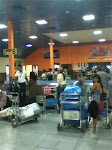
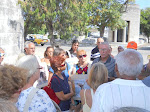




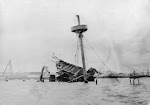
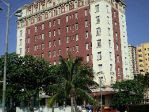
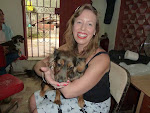



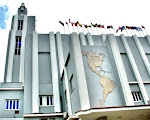
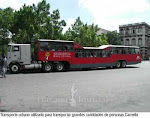

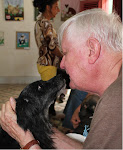
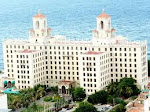

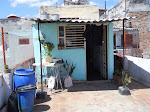
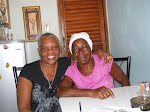
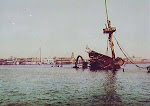


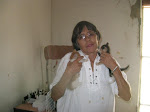

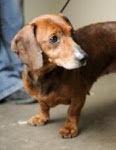






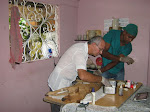
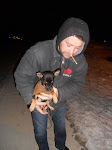


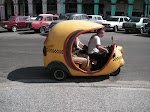


















No comments:
Post a Comment